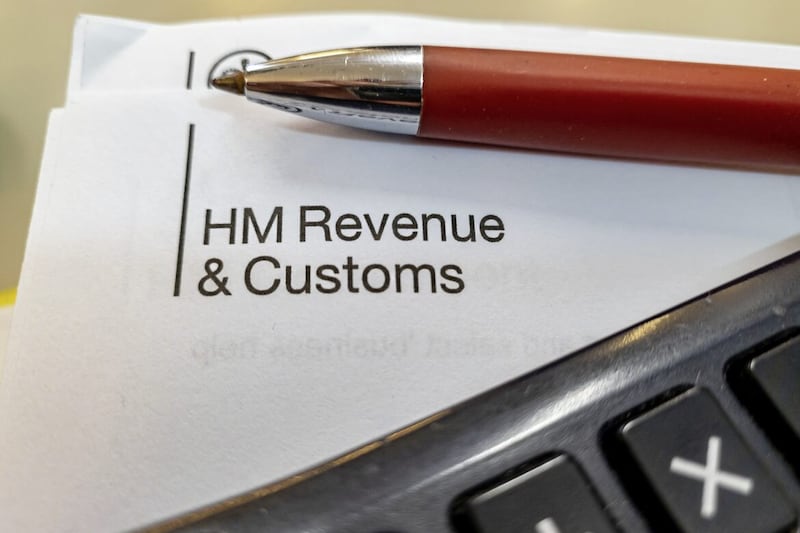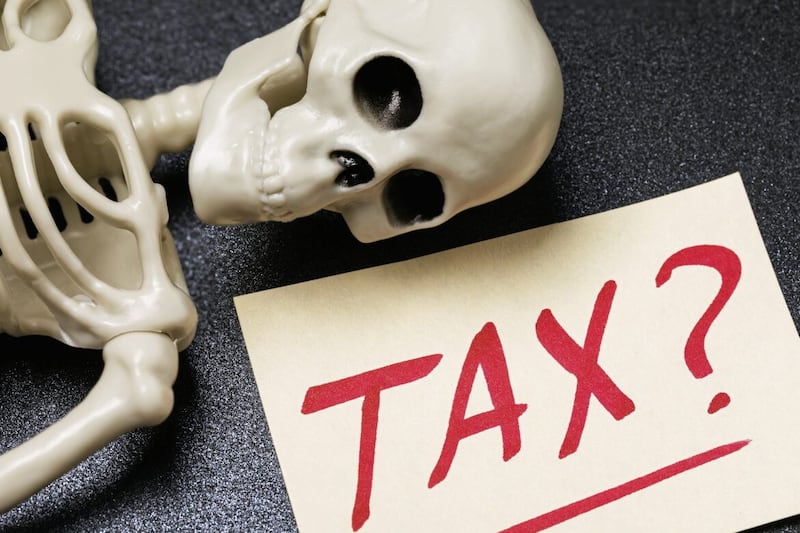QUESTION: I am the sole director and shareholder of a trading company with a March 31 financial year end. With only days to go before the end of the company’s accounting period, what areas should I be looking at from a personal tax perspective?
ANSWER: Your focus should be centred around the whole area of your remuneration planning, the state of any directors’ loan account that may exist between you and the company and also potential pension contributions.
Almost all small private company shareholding directors in the UK are remunerated via a combination of a small salary and a larger dividend. This is because dividends declared up to the level of the basic rate tax band are only taxed at 7.5 per cent meaning that a family company controlled by a married couple can extract £100,000 annually at a very modest personal tax cost.
Furthermore, there is no national insurance charged on dividends which adds further savings for both the directors and the company.
While this is a very favourable tax position, unfortunately shareholders too often become complacent and do not put the proper procedures and paperwork in place to ensure that these arrangements do not leave the company open to challenge by HMRC during, for instance, a PAYE inspection.
Business owners, ignorant of tax law or who couldn’t be bothered to pay for proper advice, often simply draw the same amount of money out monthly, post it to ‘wages’ within the company’s accounting system adding the description ‘dividend’.
In footballing parlance, this leaves HMRC with an ‘open net’ to ‘tap in’ a demand for PAYE and national insurance on the grounds that the directors have extracted untaxed wages from the company and not a validly declared dividend.
It is therefore essential therefore that you ensure that any dividends are properly declared and posted to your company accounting system initially and are supported by company board minutes declaring the dividend (having checked that the company has the requisite reserves to declare the dividend) and dividend vouchers should be issued to the recipients to enable them to self-assess themselves to income tax on the dividend within their tax return.
This dividend will create a positive balance on your directors’ loan account (DCA) and thereafter, on usually a monthly basis, the dividend is drawn down and the balance of the DCA reduces. It is important that the DCA balance does not become negative or ‘overdrawn’ as this has both personal and company tax implications.
If the DCA goes overdrawn, the company must pay a special tax (S455) at a rate of 32.5 per cent on the overdrawn balance if the balance is not cleared within nine months of the year end. Additionally, the director pays income tax on a notional interest charge applied to the overdrawn balance via the P11d system. The company also must pay employers NIC on this notional interest amount.
If you have an overdrawn DCA therefore, you have still time to validly declare a dividend and clear your indebtedness to the company.
Remember however, the dividend itself is taxable so you will have to gross it up to cover the tax liability that will result next January. If the balance overdrawn is large, consider declaring 2 dividends, one on or before March 31 and the second a week later on or after April 6.
These fall into separate accounting periods and tax years and will prevent the S455 tax applying and also reduce the income tax charge. Make sure however that the dividends are legally declared and posted to the company’s financial accounting system and if in doubt involve your accountant in the process.
Finally, if you want the company to contribute to your pension scheme, it must be paid before the company’s financial year end as tax relief is only available on contributions paid within the year.
:: Paddy Harty (p.harty@pkffpm.com) is a senior tax director at PKF-FPM (www.pkffpm. com). The advice in this column is specific to the facts surrounding the question posed. Neither The Irish News nor contributors accept any liability for any direct or indirect loss arising from any reliance placed on replies.








